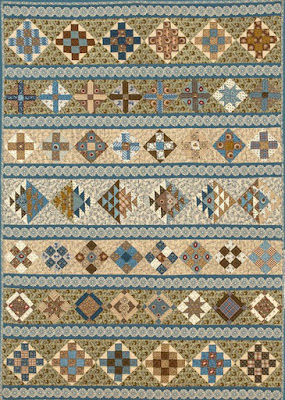Solar System
E.H.Baker
A.D. 1876
Collection of the Smithsonian Institution
In 1866 Nathan Mills gave a lecture at a Quaker meeting house in Iowa. According to the church history, "The subject of his lecture was 'Astronomy.' The chart he used was a bed quilt so quilted as to represent the solar system."
Perhaps his visual aid looked much like Ellen Harding Baker's Solar System Quilt pictured above.
Sarah Ellen Harding Baker was living in Cedar County, Iowa ten years later in 1876, the date on this wool quilt.
She may be the "Iowa woman" referred to in an article copied in several newspapers in the winter of 1883-1884. "An Iowa woman has spent seven years in embroidering a solar system on a quilt."
Sarah Ellen Harding Baker (1847-1886)
From the Smithsonian's site
Had she started in 1876, seven years would make it 1883. Ellen Baker was busy in those years raising her five surviving children and embroidering stars.
An "astronomical quilt" was not that unusual. In 1853 the Washington Mechanics' Fair Instititute listed many quilts shown at their first exhibit, among them M.F. Saffel's "astronomical quilt."
Eliza Sumner's 1848 "Family Register Quilt"
also includes "A Representation of the Starry Heavens" and
"The Sun and its Rays in their irregular order."
The quilt was documented by the Massachusetts project and featured in their book Massachusetts Quilts: Our Commonwealth. Eliza (1802-1856) lived in Spencer, Massachusetts
Sold at Carlsen Gallery Auction
Quilt by an unknown maker representing the sun and
seven planets in circular orbits. Mars, perhaps, or
Mercury is red; Jupiter has stripes; Saturn rings and moons.
From Woodard & Greenstein
Suns, moons and stars are not unusual choices for
quiltmakers
From Laura Fisher
From James Cox Antiques
But most seem to have no scientific function.
A celestial chart from 1834
E.H. Baker is buried in the Lone Tree Cemetery in Johnson County, Iowa.
https://www.findagrave.com/memorial/164095179/sarah-ellen-baker
I'd make one but I'd have to decide whether to include Pluto or not.



























































